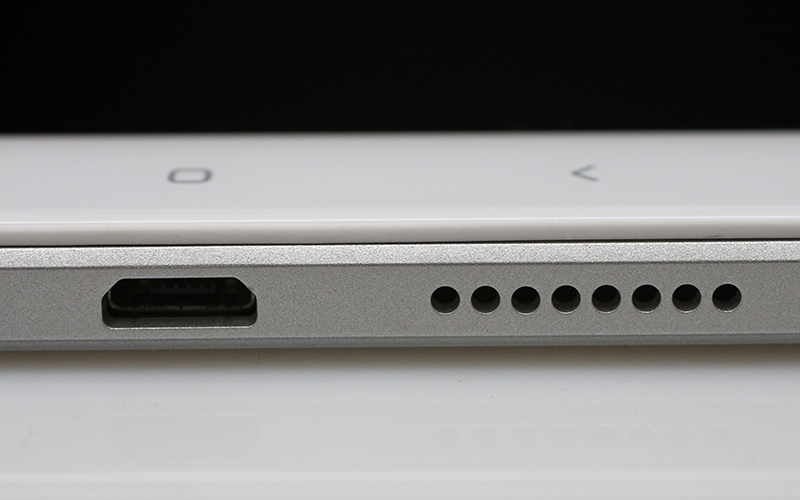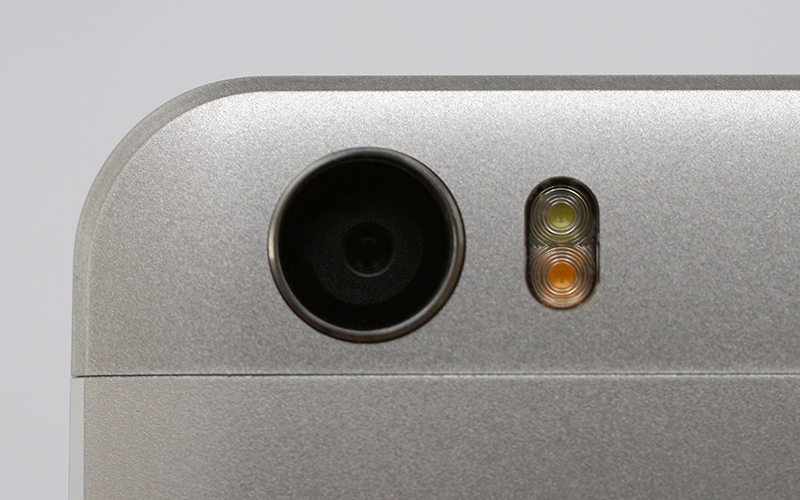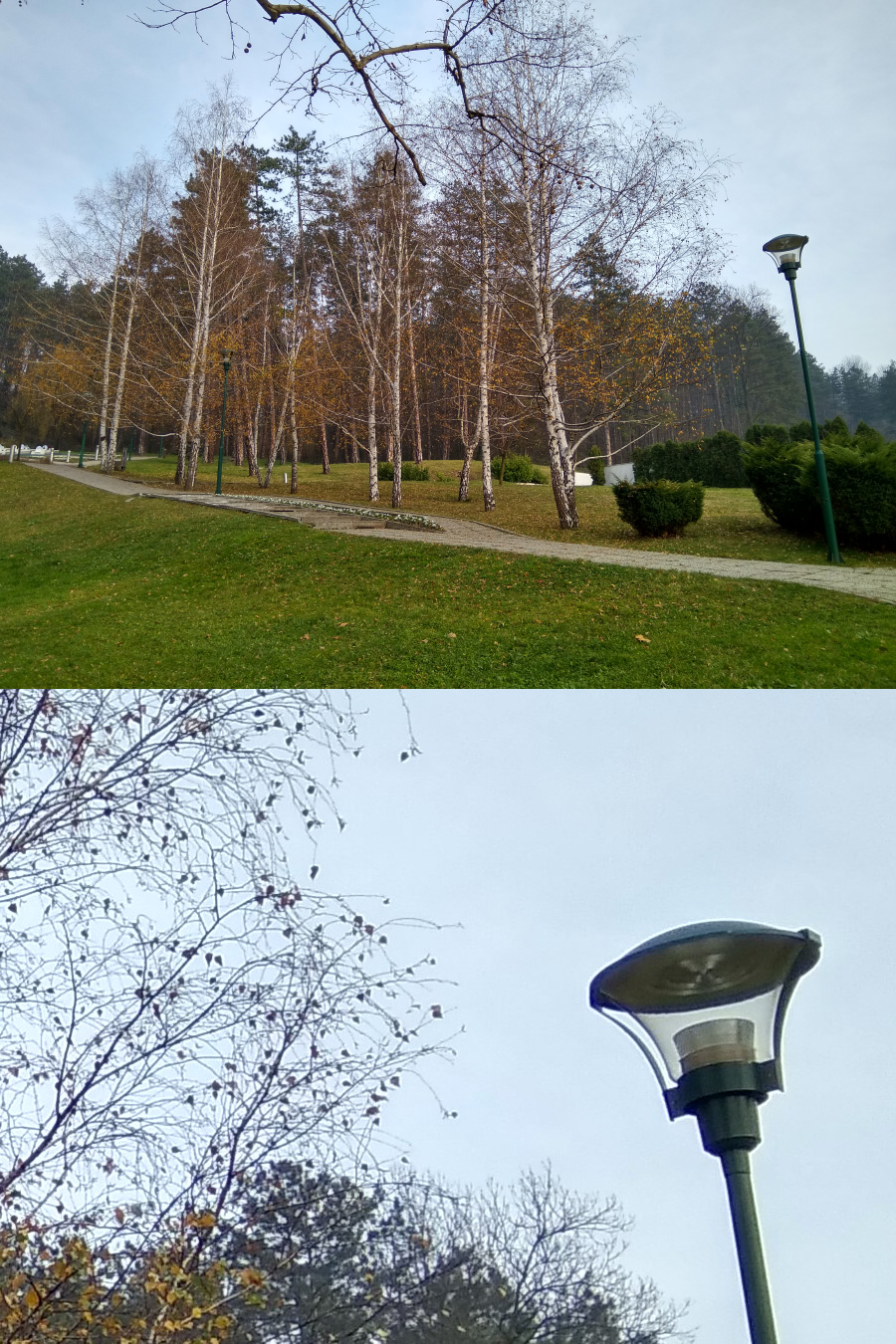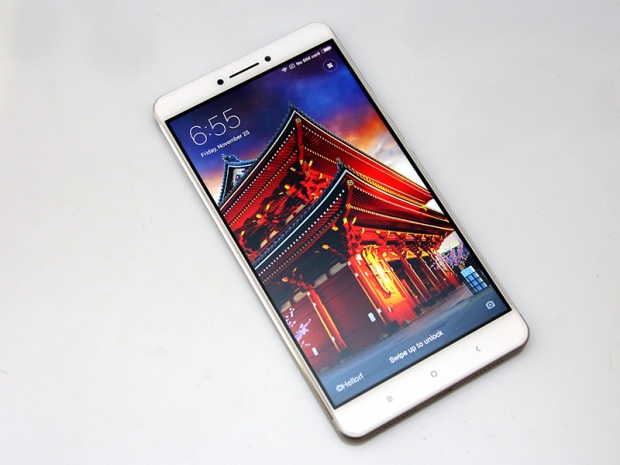Index
Audio, Display and Camera Quality
Let’s start with the selling point of the Mi Max, and indeed all other oversized phablets – the massive LCD IPS panel. At a time when entry-level 5-inch phones feature 1080p displays as standard, having the same resolution on a gargantuan 6.44-inch panel doesn’t sound adequate.
However, 1080p on a 6.44-inch diagonal translates to about 342ppi, which is still quite good and would qualify as a Retina-class resolution in the Apple universe. So no, you’re not going to see individual pixels unless you really, really try hard. But here’s the thing – you won’t be using a 6.44-inch phone like a 5-inch one. It’s just not necessary. With such a huge display, you can see everything at arm’s length and you won’t have to glue your nose to the display to see stuff.

Display quality is rather good, although it’s not on par with the latest flagships. Contrast is not bad, especially for this price bracket, and it’s rather bright, with 500+ nits brightness, which comes close to flagship levels. You may expect the Max to be a great performer outdoors, but it’s a mixed bag. The display is massive and you end up with a lot of glare, so it doesn’t feel like such a bright display outdoors. It’s not bad, but we expected more, given the contrast and brightness figures.
Viewing angles are excellent, but colour reproduction could be better. The display has a rather cold tint to it, but luckily MIUI allows you to tweak the display colour temperature. Blacks are awesome, quite impressive for an LCD, and this means a lot when you’re dealing with such a huge display. Of course, having an OLED display on such a big device would make even more sense, as it would help reduce consumption even further, but OLED displays tend to be pricier.
Overall, the display is good, but imperfect. At the end of the day, this is still a relatively cheap device and when you factor in the price, it’s above average, despite its bluish tint.

What’s the use of having a huge display if you don’t have good audio to back it up? The Max is a smartphone for content consumption, and in many respects, it’s more of a tablet than a phone. Unfortunately, it doesn’t have a dual-speaker setup and relies on Xiaomi’s traditional side-firing speaker design. The solitary speaker is quite good, but we were hoping for something better. Here’s the thing – the Max is not an ordinary phone, and it’s not like Xiaomi designers didn’t have room to squeeze it in because this is a massive device anyway.
Had Xiaomi decided to add another speaker on top, the Max would have made a lot more sense, as it would have allowed you to enjoy video in sufficiently loud stereo. Unfortunately, Xiaomi thinks one speaker is enough. We beg to differ. Adding an extra speaker wouldn’t cost much, but it would make the Max feel like a well-rounded design and would give it a small but nonetheless important market differentiator.
If you’re going to go over the top on the display, you may as well go all-in on the audio front!
If the display is ok, and the hardware is blazing fast, and if the build quality is ok… then Xiaomi had to cut corners and pinch pennies on the camera, and it did.

The phone has a 16-megapixel f2.0 camera, which sounds impressive and definitely helps marketing. However, this isn’t a high-end camera, not even close. As far as we could work it out, the Max uses the same Samsung sensor employed on the Redmi Note 3 Pro. Yes, it’s a 16-megapixel sensor with PDAF, but it’s a rather small sensor.
In other words, you get a lot of pixels, but small ones. This is bad news for low light photography, but daylight snaps can turn out pretty good.
Let’s take a look at some samples, starting with our office breakfast nook.

Given enough light, the camera can do a nice job, but the results are far from stunning. There's not a lot of detail, and the 100 percent crop shows a fair amount of grain, even in good light.

Low-light photography is definitely not something the Max excels at. The small sensor struggles in our incandescent indoor lighting test. Expects loads of grain and noise reduction artifacts.
What about outdoor snaps? Well, they're pretty good, and HDR helps, too. Here is a non-HDR snap in terrible lighting conditions.

And here's what HDR does for it. Not bad, although the colours feel a bit off - we got a greenish tint on some HDR shots, but nothing too serious.

HDR can be a boon for smartphones with small camera sensors, but it usually comes at a price, especially on underpowered phones. Luckily, the camera is fast enough, although HDR slows things down quite a bit. Also, the resulting images tend to be quite good, even when you zoom in.

Poorly implemented HDR can make a mess of shots like this, when there's just loads of contrast, e.g. tree branches against the blue November sky.

As you can see, there aren't a lot of downsides to using HDR on the Mi Max. There's not a lot of fringing, HDR doesn't make the scene look unnatural, and still preserves a lot of detail even at 100 percent.
Overall, the main camera is unimpressive, but in line with what you’d expect from a ~$200 device. Sorry, but if you want a top notch camera, you’ll have to get a flagship instead. You can still take good photos, provided you know what you’re doing, but you should expect a lot of noise and little in the way of detail in low-light images.
One redeeming feature of the Max camera is its sheer speed. It takes less than two seconds to snap an image and that's almost as fast as an iPhone 6s. Not bad, but if you try to snap an HDR image, it will take a bit longer (remember the underpowered Adreno 510 and non-UFS storage?). Either way, this is quite good, but on the whole, the camera doesn’t stand out compared to other devices in the same price range, although it's faster than most.
Image quality is average at best, but at least it’s damn fast. That sums up the Mi Max camera in a nutshell.
Video quality is average as well, and the Max can capture 4K video too. In reality, this is overkill, because the sensor is not great. We suggest you stick to 1080p instead. It will save a lot of storage space, and you won’t lose much quality.
The front-facing is - guess what - average too. It’s a wide-angle 5MP unit with an f/2.0 aperture. It’s not the best selfie camera in the world but should suffice for the occasional video call or Zoom meeting.




